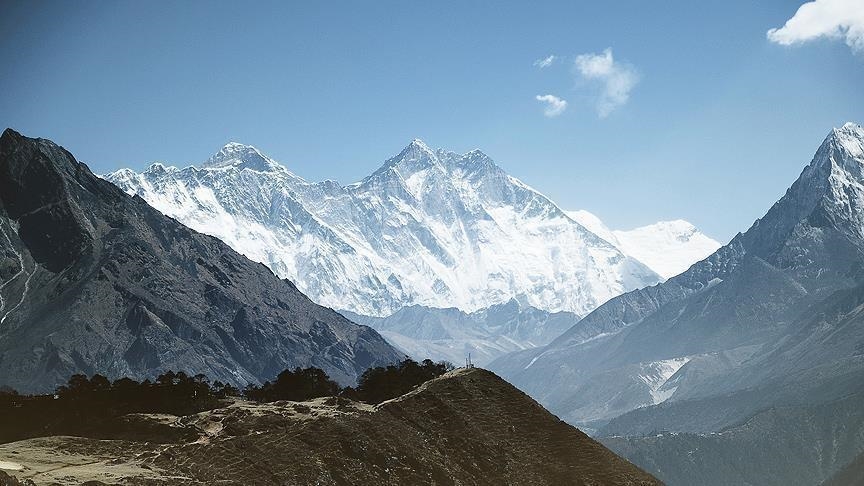WNAM MONITORING: A water shortage is feared due to alarming low levels of snow in Himalayas and the Hindu Kush mountains which could threaten water security for hundreds of millions in the region, a new reported warned.
A report by the Nepal-based International Centre for Integrated Mountain Development, a regional intergovernmental learning center, said an “extraordinary below normal snow year” could have devastating consequences for large downstream population centers that rely on runoff.
The group’s annual Snow Update Report urged water management officials to initiate drought management strategies and preemptive emergency water supplies.
“Snowmelt is the source of approximately 23% of the total water flow of 12 major river basins that originate high in the HKH (Hindu Kush Himalaya). But its contribution to water supply varies from river to river – representing 74% of river flow to the Amu Darya; 77% of the Helmand’s flow; and 40% of the Indus’ flow,” it said in a press release.
It added that snow levels this year were a fifth below normal.
Afghanistan’s Helmand River shows the most dramatic fall at 31.8% below normal followed by the Indus Basin at 23.3% below normal, the lowest level in 22 years.
“We’ve seen a pattern of decreasing amounts and persistence of snow across the Hindu Kush Himalaya, with 13 of the past 22 years registering lower than normal seasonal snow persistence,” said the center’s cryosphere specialist Sher Muhammad, who wrote the report.
“This is a wake-up call for researchers, policymakers, and downstream communities: lower accumulation of snow and fluctuating levels of snow pose a very serious increased risk of water shortages, particularly this year,” he added.
Miriam Jackson, another expert, said relevant agencies should take proactive measures to address possible drought situations, especially in the early summer, update plans to accommodate water stress, and notify communities of the risks.
“G20 countries need to cut emissions faster than ever before to prevent even more changes that will prove disastrous to major population centers and industries that rely on snow-melt in the mountains,” she said.


